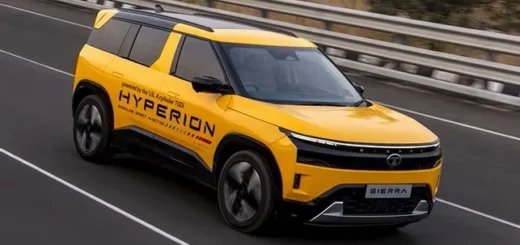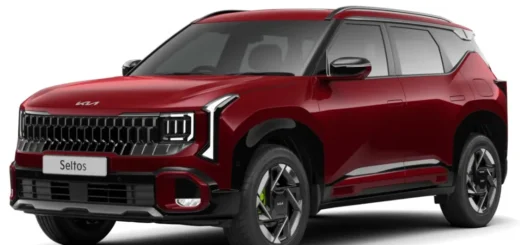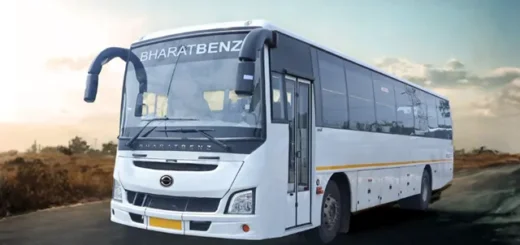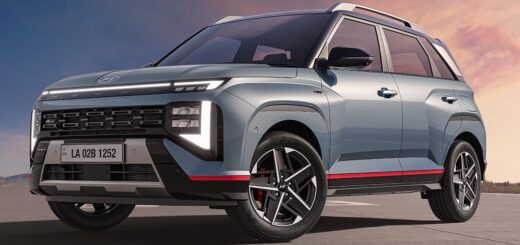Tata Sierra to Range Rover Evoque: Cars that Ratan Tata championed in India
Lot has been said and talked about the visionary leadership and business acumen of the late Ratan Tata, and rightly so. While his contributions span diverse sectors, his impact on the Indian automotive industry is particularly profound. The way how he transformed the Tata Group, and Tata Motors. in particular, with his personal touch, is a phenomenal story!
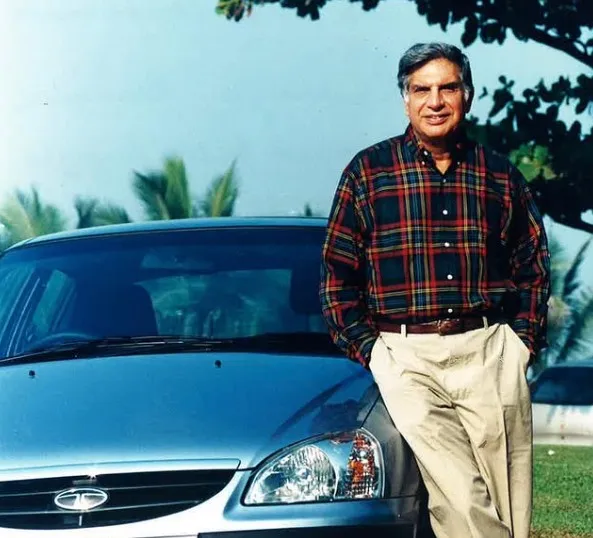
It wasn’t just businesses to him, he tried to understand the pulse of the nation every time he ventured his projects. When it came to automobiles, he realised that the vehicles his brand brings have the power to transform lives. From the iconic Tata Indica to the revolutionary Tata Nano, he democratized mobility in India. Moreover, he was also a great connoisseur of cars, so a bit of personal passion can also be found in his projects.
This article delves into the eight most influential cars that Ratan Tata was instrumental in launching in the Indian market. Each one of these vehicles are a brand in themselves, so to speak. They were the symbol of aspirations in their times; were well ahead of their times and represented a leap forward in their respective vehicular segments and automotive journey of the country at large.
1. Tata Sierra
Legend has it that Ratan Tata was greatly influenced by Ford Bronco of 70s and 80s during his higher studies in the US. He envisioned such an aspirational SUV for India, and hence born the Tata Sierra. It was built on the only available light vehicle platform – Tata X2 platform – with the brand at that time, which spanned the Tatamobile 206 or the Telcoline.

The Sierra was a phenomenal hit at the time of its launch in 1991. It broke new grounds, introducing the concept of a lifestyle vehicle to the Indian market. The Sierra’s cult status is still strong that the car is made to reborn as an electric SUV in 2025!
2. Tata Estate
It can be decoded that Ratan Tata was a big fan of station wagons. The Tata Estate followed suit after Sierra the very next year. Underpinning the same X2 platform, it featured longer wheel base and design inspired from the Mercedes stable. This strategy saved over ₹10 crores in R&D costs, and paved way for Tata Motors to diversify its stable in the following years.
3. Tata Safari
This coming-of-age SUV laid foundation for what Indians became crazy of in the later years – big, 4×4 SUVs! Tata Safari was indeed the ‘next-generation’ offering that the brand pioneered under the aegis of Ratan Tata. It was built modern, scored better in terms of performance and reliability. Yet another cult classic from Tata whose value was realized only after its market demise.
4. Tata Indica
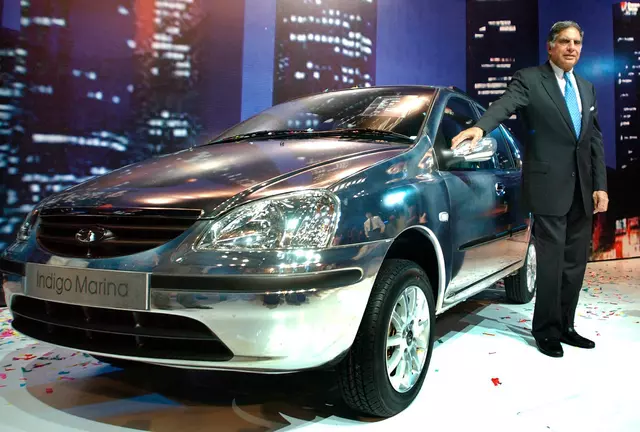
Launched in 1998, Tata Indica was Ratan Tata’s dream of a truly ‘Indian’ car. It was also Tata’s first small call designed for the masses. The car popularized the ‘economy’ of diesel engines in the hatchback segment, to which buyer clung to for the next two decades. Its affordability and practicality won millions of hearts, fulfilling Tata’s promise of accessible mobility for the nation. The car’s platform also acted as the base for many models (Vista, Manza, Bolt and Zest) developed in the next two decades.
5. Tata Indigo and Indigo Marina
The ingenuity of Tata Indica, designed at I.DE.A Institute, Italy, was its 3-box design. The Indigo, and its versatile Marina variant, represented Ratan Tata’s push for practical and stylish car family. They addressed the growing demand for modern sedans and station wagons, offering affordability without compromising on design. The Indigo family broadened the brand’s appeal, showcasing their ability to cater to diverse customer needs. Mr. Tata’s personal garage included a Marina and Indigo XL.
6. Tata Nano
In mid-2000s, Ratan Tata undertook the challenge of bring a car that is even more affordable than the entry-level hatchbacks. It was his rejoinder to the growing aspirations of the masses to own a car. The media popularized the project as “₹1 lakh car”!
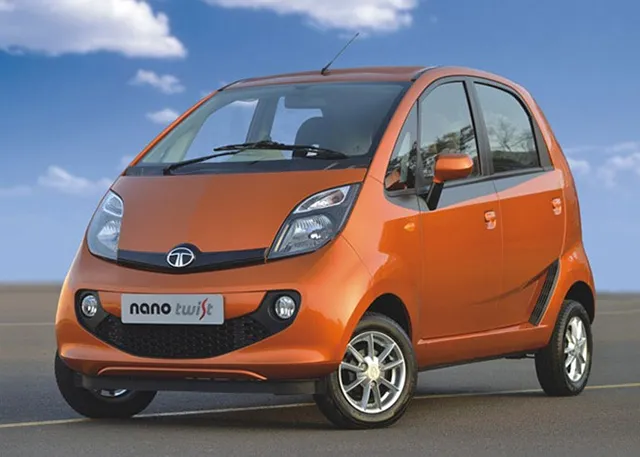
I don’t have to explain how innovative, brilliant, and iconic the Tata Nano turned out to be. The car did not fare well in the market at that time, largely because of negative publicity as it overshot its initially expected tag price. In today’s world, we badly need such tiny city cars, as we realize how practical and frugal they can be.
7. Mercedes-Benz W124 E-Class
Ratan Tata once said that it was all his decision to launch the W124 in the Indian market, even when though the new E-Class (W210) was already announced in Europe. Considering the market dynamics and buyer psyche of that time, he felt W124 would be the right fit. And it worked, the German sedan went on to strengthen the Mercedes brand name in India.
8. Range Rover Evoque
Tata Motors’ decision to acquire Jaguar Land Rover (JLR) was a calculated, strategic move under Ratan Tata’s stewardship to make the brand go global. His leadership revitalized these iconic British brands facing misfortunes, thereby securing their future. The acquisition also engendered an internal transformation of the Tata brand that is quite apparent today.
The development of Range Rover Evoque under Tata’s leadership showcased his global vision and dedication. Its striking design and premium appeal resonated worldwide, moving away from Land Rover’s conventional image. The Evoque’s success solidified JLR’s resurgence in the later decade.
Also Read: Tata Prima facelift: Decoding the flagship truck’s next-gen cabin design
These cars apart, two pointers are worth mentioning. Mr. Tata spearheaded the acquisition of the Korean automaker Daewoo Commercial Vehicle Co. in 2004. The first product development post acquisition was Tata Novus, which became the stepping stone for the evolution of the Tata Prima sub-brand that is rocking the CV segment in global markets.
Further, the Fiat-Tata joint venture (1997) was also the brainchild of Ratan Tata. Although the comprehensive association failed abruptly in 2012, the industrial partnership between the two companies continued, which helped Tata brand to secure impeccable engine options and technologies for its cars.



